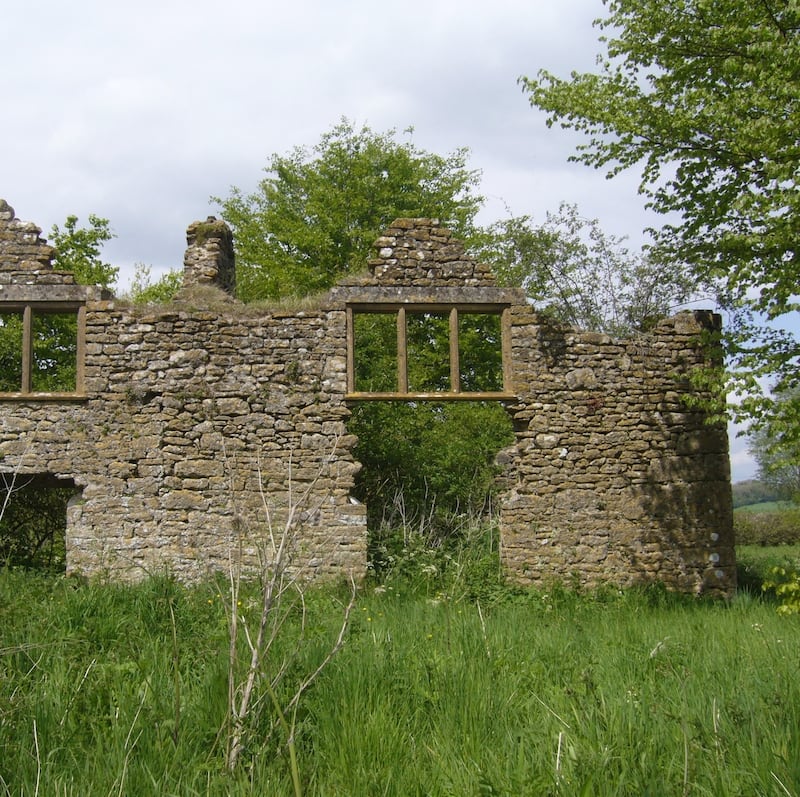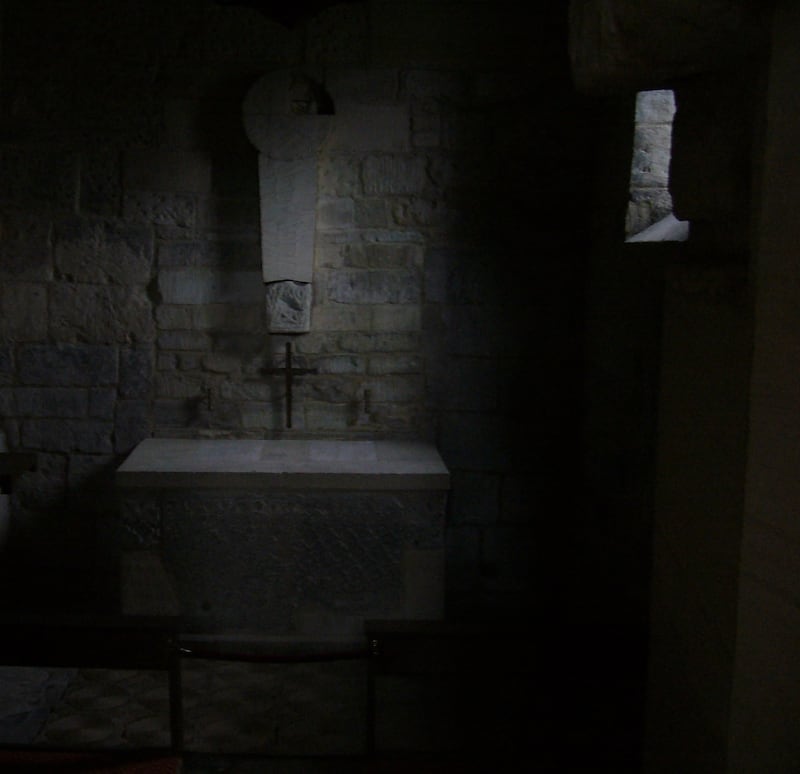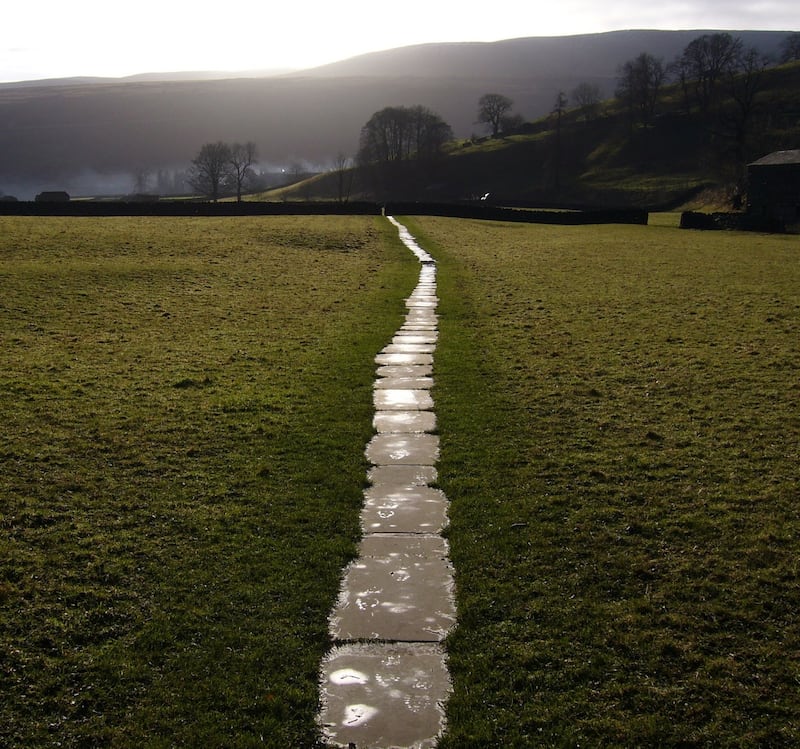
In the first volume of his sprawling and unreliable memoir, the prolific French writer and shoe fetishist Restif de la Bretonne described finding a hidden valley, or “bonne vaux”, that cast a spell of wonder over his childhood. Two centuries later, English novelist John Fowles took up the idea, which he, a Devonian, called the sacred combe, in his revealing, complex but not entirely successful novel Daniel Martin. When in my early twenties I read Fowles describing Restif describing the sacred combe, the place was already familiar to me. I just didn’t have a name for it yet.
I wasn’t the only one in whom this little phrase struck a chord (the nature writer Simon Barnes used it as the title for a recent book too), but for years it felt like my secret. While I pursued an unequivocally profane career designed to pay the bills, the sacred combe was my hypothetical refuge: a place of retreat and artistic genesis. Unlike Shangri La, this combe isn’t far away or guarded by high passes: it is tantalisingly nearby. Like all good retreats, it resists the passage of time. I imagined it populated by symbols of this resistance: gnarled trees, foxed and fragrant books, candlelight and carved stone. Inspiration is never lacking there.
It isn’t, of course, a real place. Or is it? It’s understandable for a word-weary adult overfed with metaphors to make this assumption. But maybe it is a real place. Barnes, who interpreted the combe as a paradise of unspoiled nature, is sure he’s found it in Zambia. Thoreau tried to make it a viable reality on the shore of Walden Pond, and Yeats located its bee-loud glade precisely on the Isle of Innisfree. Many writers have settled for a shed at the bottom of the garden.
If it is a real place, you can be sure it won’t be easy to find. I’ve searched high and low for it, and while I have stumbled across some secret places that retain enough personal significance for me to describe them as sacred, none has performed the requisite transformation – so saturating me in a spirit of otherness that I can write unburdened by the flaws and foibles of my own personality. Fat chance, you might say: indeed, all sacred things are doubted.


Let’s pretend, for a moment, that there are two kinds of writers. There are the Dylan Thomases, the Hemingways, the Mailers, for whom writing is instinctive – a mere by-product of living in the moment, a substitute for prudence and consideration that will endure even if finances or love affairs or the body itself do not. And then there those for whom the compulsion takes a different form – the writers who start each book with an idea of themes and settings, who surround their desks with timelines and character sketches and listen to appropriate music, and who meet their deadlines. These, the project writers, are not revered, though their works sometimes are, and it is they who yearn most for the peace and protection of the sacred combe.
All writers must face the demon of self-doubt. While the first group – the living writers – turn to drink (almost without exception), the project writers are more inclined to a reasoned approach. Feeling their fragile creative flame buffeted by the winds of popular culture, commercial and social media, current affairs and perilous personal conflicts of interest, they seek refuge. If they’re lucky, they might find their very own sacred combe.


A sacred combe is no guarantee of literary success. I doubt Restif would be satisfied with his sole legacy, the term “retifism”, and a fellow countryman named Xavier Forneret offers a yet more desperate example: he lavished his fortune on living the Romantic dream but, lacking talent, was soon forgotten (by all but Wikipedia). But for project writers, a sacred combe is at least a place to gather their thoughts and wind the spring.

There is another place sacred to writers that I will call the lost domain – a phrase borrowed from another translation from French, that of Alan Fournier's magical novel of innocence, Le Grand Meaulnes. The lost domain offers none of the combe's welcoming comforts: it is always guarded by a high wall. Proust's narrator heard it embodied in that mysterious aristocratic name Guermantes, and spent a lifetime fruitlessly chasing it, while Brideshead's Charles Ryder heard rumours of an enchanted garden in the heart of Oxford, not overlooked by any window. The lost domain's ultimate inaccessibility ensures that its perimeter resounds with sadness. We may be shut out by deeds that cannot be undone, or by the ineluctable passage of time, or, perhaps worst of all, by our incapacities, but one thing is certain: the mysteries of the lost domain, glimpsed through chinks in the wall, are not for us to enjoy or comprehend.
Thanks goodness, then, for the sacred combe, which has no wall, no high gates, no "keep out" signs. Just a few trees thoughtfully planted. It's out there, somewhere.
The Sacred Combe by debut author Thomas Maloney, longlisted for the Desmond Elliot Prize, is out now in paperback










